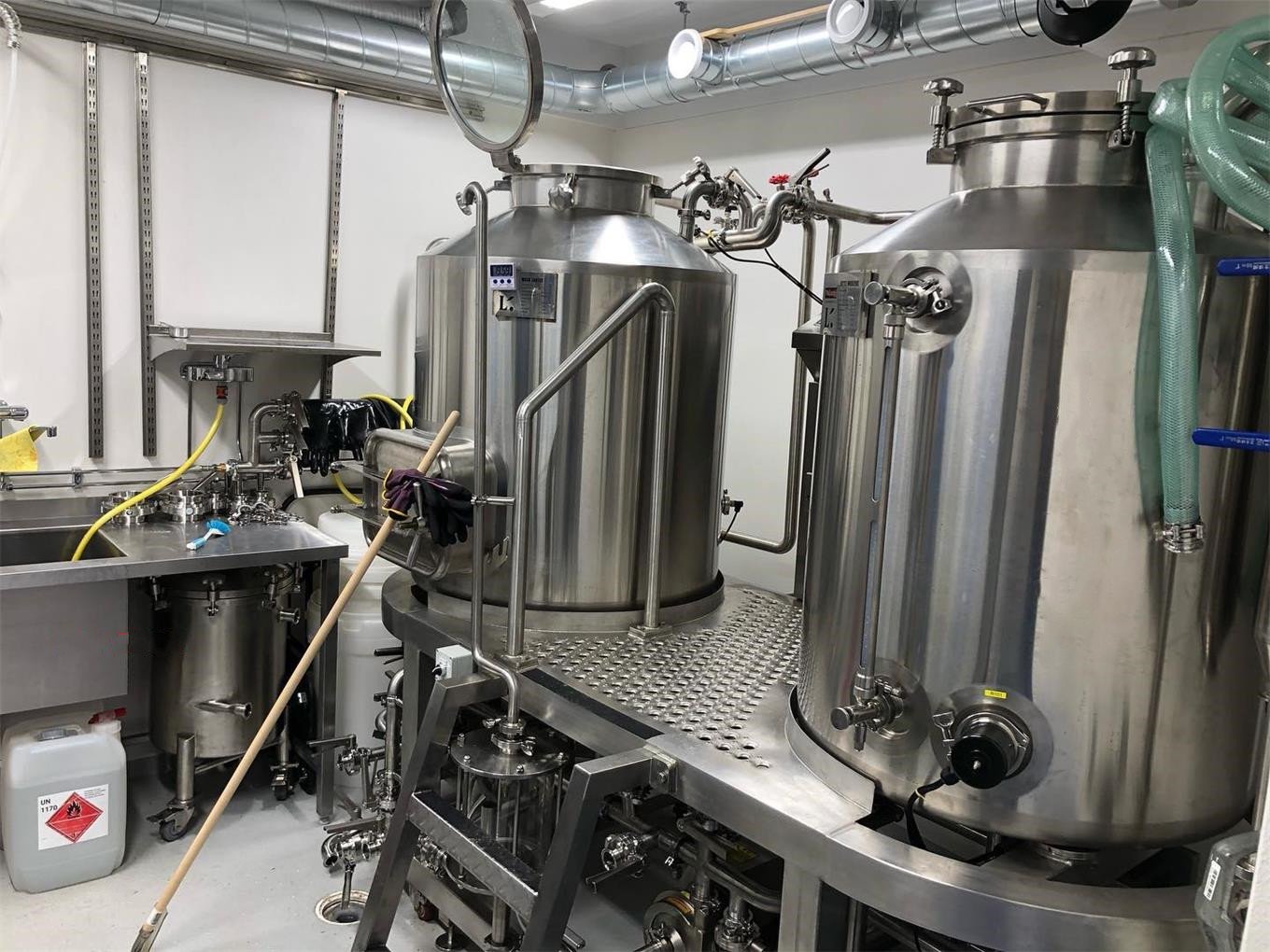Detailed Introduction to the All in One Brewing System
What Is an All-in-One Brewing System?
Picture this: You’re ready to make your first homebrew. You’ve read about mash tuns, brew kettles, pumps, wort chillers, fermenters—it’s a lot, right? That’s where an all-in-one brewing system struts in like the hero of a complicated plot. This brewing system simplifies the entire beer-making process by combining multiple functions—mashing, lautering, boiling, and sometimes even chilling—into a single compact unit.
Basically, think of it as the Instant Pot of the beer world. All-in-one brewing systems are self-contained, highly automated setups that let you control temperature, monitor timings, and manage steps using digital interfaces or integrated apps. Instead of spreading your gear across your entire kitchen or garage, you get a streamlined experience without sacrificing beer quality.
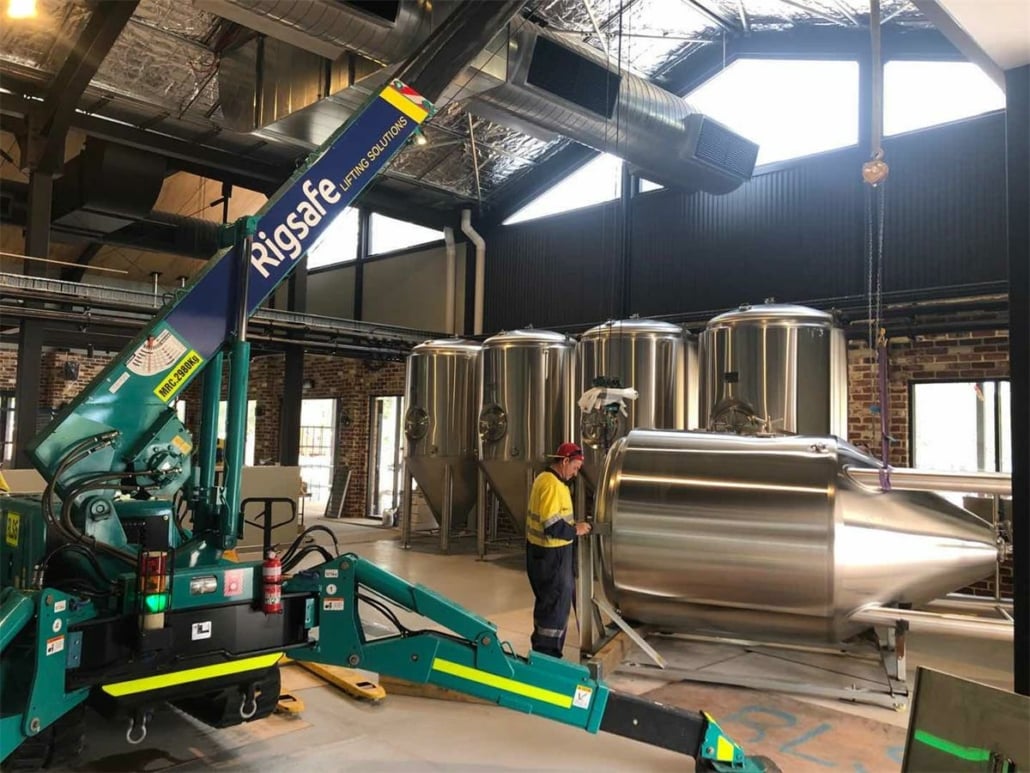
Benefits of Using an All-in-One Brewing System
Using an all-in-one brewing system is like hiring a personal assistant for your homebrew sessions. The perks? Oh, there are plenty:
- Space-Saving Design: No more juggling three different pots, a propane burner, and a cooler. It all fits in one unit.
- Simplified Cleanup: Fewer components mean fewer things to clean, sanitize, and worry about.
- Precise Control: Most units have PID controllers or Bluetooth-enabled interfaces, making it super easy to nail your mash temps and boil times.
- Time Efficiency: Set it, forget it—well, mostly. Automation handles the tricky parts so you can focus on creativity and experimentation.
- Great for Beginners and Pros: Whether you’re just dipping your toes or a seasoned brewer looking to streamline operations, these systems grow with your skill level.
It’s not just about making things easier—it’s about consistency. If you want repeatable results without babysitting every degree of heat, this is your go-to solution.
Who Should Use an All-in-One Brewing System?
Let’s be real: Not everyone wants to MacGyver a brew rig from scratch. If you’re someone who values convenience, consistency, and space efficiency, then an all-in-one system could be your holy grail. Ideal users include:
- Homebrewers in Small Spaces: Apartment dwellers or anyone without a garage will love how compact these systems are.
- Time-Strapped Professionals: You love brewing but can’t spend 6 hours on a Sunday monitoring your mash. We get it.
- Beginners: Newbies benefit from the intuitive controls and reduced risk of screwing something up.
- Advanced Brewers: Even pros enjoy having a reliable backup system for test batches or refining recipes.
Whether you’re just getting started or scaling down from a big-batch system, there’s likely a model tailored to your needs.
How to Choose the Best All-in-One Brewing System
Here’s the meat of the decision-making process. Choosing your system depends on a few core factors: capacity, material, automation level, budget, and brand reputation. The table below breaks it down:
| Feature | What to Look For | Why It Matters |
|---|---|---|
| Capacity | 5-gallon, 10-gallon, or larger | Match your batch size and consumption habits |
| Material | Stainless steel vs. aluminum | Stainless lasts longer and resists corrosion |
| Heating Method | Electric vs. propane | Electric is safer and easier indoors |
| Control System | Digital display, app control | Better control equals better beer |
| Pump Included | Yes or No | Pumps help with recirculation and sparging |
| Brand Reputation | Anvil, Grainfather, BrewZilla | Reliable support, better resale value |
| Price Range | $300–$1500+ | Balance budget with features and capacity |
| Accessories | Chillers, fermenters, filters | May reduce total cost if bundled |
If you brew often and want more control, go for higher-end systems with digital controls and built-in pumps. But if you’re on a budget and brew casually, there are excellent entry-level options too.

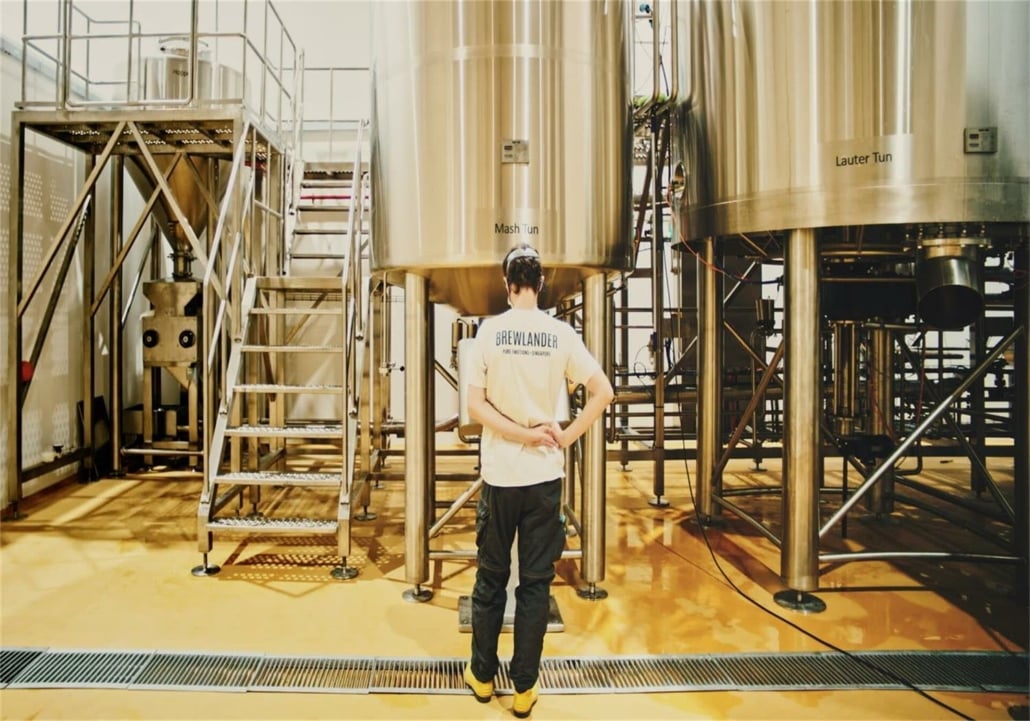
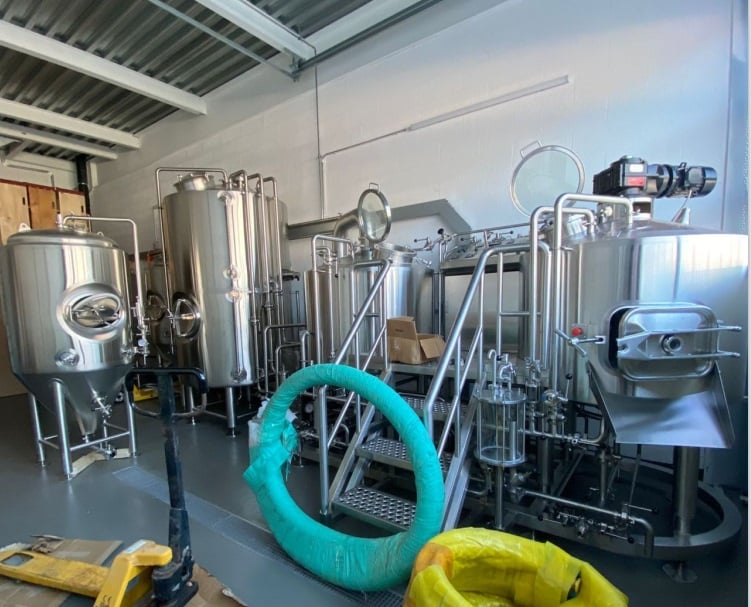


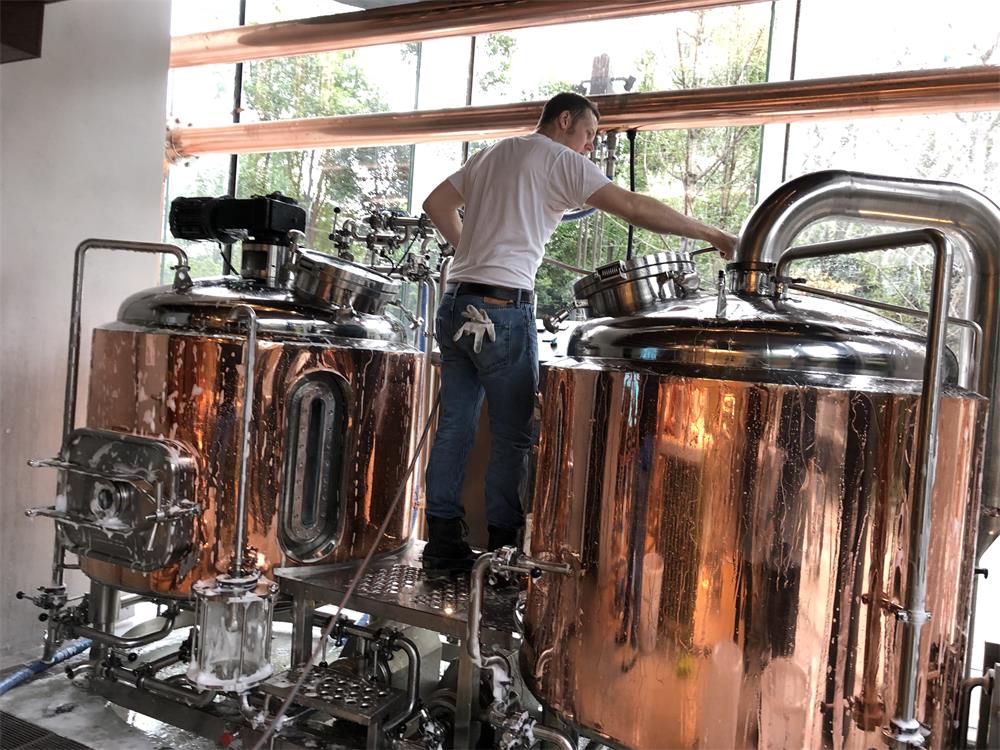
Top-Rated All-in-One Brewing Systems
Let’s put some names to those specs. Here’s a deep dive into some popular systems that brewers can’t stop raving about:
- Grainfather G70: This is the Rolls Royce of home brewing. It’s sleek, all-digital, and handles up to 18-gallon batches. You get app control, programmable steps, and whisper-quiet operation. Downside? It’s pricey—but worth every cent if you’re serious.
- BrewZilla 3.1.1: A more budget-friendly option with serious chops. It handles 9-gallon batches and comes with a built-in pump, digital temperature control, and a glass lid for easy peeking.
- Anvil Foundry: Known for its durable construction and no-nonsense interface, this one’s great for intermediate brewers. The 10.5-gallon model is especially popular for its dual voltage flexibility and included recirculation pump.
- RoboBrew: Think of it as BrewZilla’s cousin—great for smaller batches and beginners, with a friendly price tag and decent automation.
These units vary in price, features, and capacity, but each has its own niche. Your best bet is to match the system to your lifestyle and brewing habits.
Tips for Brewing with an All-in-One System
Alright, you’ve got your shiny new machine—now what? Brewing with an all-in-one system still requires skill and attention. Here are some insider tips to get the most from your setup:
- Preheat Your Water: Start heating your strike water before adding grains to save time and hit mash temps spot on.
- Use the Recirculation Feature: This helps maintain an even mash temp and improves efficiency.
- Clean as You Go: Just because it’s “all-in-one” doesn’t mean it cleans itself. Rinse after every stage.
- Don’t Overfill: Stick to the recommended batch size. Overloading can cause boil-overs or clog pumps.
- Experiment with Grain Crush: Finer crushes can boost efficiency, but too fine may cause stuck sparges.
- Monitor Sparge Temps: Even with automation, temperature consistency during sparge is key for flavor extraction.
Experience teaches best, but starting with solid practices ensures fewer failed batches.
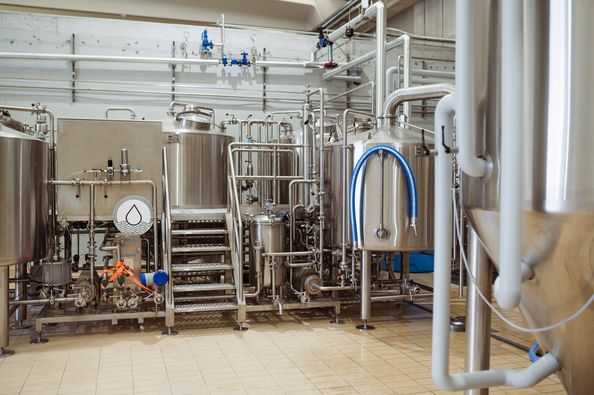
FAQ
| Question | Answer |
|---|---|
| Is an all-in-one system better than traditional brewing setups? | It depends. All-in-one systems are more convenient and compact but may lack the flexibility of modular systems. |
| Can I brew different beer styles with one system? | Absolutely. These systems are versatile enough for IPAs, stouts, lagers—you name it. |
| Are all-in-one systems beginner-friendly? | Yes! Most are designed with newbies in mind, offering step-by-step programming and digital controls. |
| How much beer can I make in one batch? | That varies by model—most home units do 5 to 10 gallons, while advanced models go up to 18+ gallons. |
| What’s the average cost of an all-in-one brewing system? | Anywhere from $300 to $1,500 depending on size and features. |
| Do I still need a fermenter? | Yes. Most systems only handle brewing—you’ll need a separate vessel for fermentation. |
| How long does a typical brew day take? | Around 4–6 hours, from heating water to transferring wort to a fermenter. |
Additional FAQs About the All-in-One Brewing System (2025)
1) Do I need a dedicated 240V circuit for an all-in-one brewing system?
Not always. Many 5–10 gal systems run on 120V (15–20A). Larger or faster-heating models benefit from 240V for shorter heat-up times and stronger boils. Check the OEM amp draw and your breaker capacity.
2) How does recirculation improve efficiency in an all-in-one brewing system?
Continuous recirculation evens mash temperature, improves conversion, and clarifies wort via the grain bed. Expect 2–6% higher brewhouse efficiency versus no recirculation when crush and flow are dialed in.
3) Can I brew lagers on a countertop brewing system?
Yes, the hot-side is identical. The critical piece is cold-side temperature control (fermentation chamber + controller). Pressure fermentation at 10–15 psi with suitable strains can shorten lager timelines.
4) What’s the best way to prevent stuck mashes in basket-style systems?
Use a balanced crush (1.1–1.3 mm gap), add 5–10% rice hulls for husk-poor grists, observe proper liquor-to-grist ratios, and throttle recirculation to avoid compacting the bed.
5) How should I clean an all-in-one unit to extend its lifespan?
Rinse hot-side immediately, recirculate an alkaline cleaner (per manufacturer), brush elements gently, and follow with an acid rinse to remove beer stone. Avoid abrasive pads on stainless and calibrate sensors quarterly.
2025 Industry Trends for All-in-One Brewing Systems
- 120V dominance for apartments: More systems optimize for standard outlets with improved element design.
- App-first control: Native BLE/Wi‑Fi controllers schedule mash steps, log boil vigor, and integrate with recipe software.
- Faster brew days: Integrated pumps, basket lifts, and no‑chill options cut total time by 45–90 minutes.
- Closed transfers: More kits include ball-lock posts and spigots for oxygen-minimized transfers to fermenters.
- Sustainability: Lower watt-density elements, insulation sleeves, and low-water CIP reduce energy and water per batch.
2024–2025 Benchmarks for Home All-in-One Brewing Systems
| Metric | 2024 | 2025 (proj.) | Notes/Source |
|---|---|---|---|
| Share of 120V systems in new purchases | ~60% | ~68–70% | Retailer assortments; community polls |
| Systems with native app/BLE control | ~45% | ~62% | OEM feature matrices |
| Average ale “grain-to-glass” with temp control | 21–24 days | 16–20 days | Yeast advances; closed transfer norms |
| Users employing closed transfers to fermenter | ~28% | ~40–45% | Forum surveys; kit bundles |
| Typical brewhouse efficiency (basket systems) | 65–70% | 68–74% | Field reports; recipe integrations |
Helpful references:
- American Homebrewers Association (AHA): https://www.homebrewersassociation.org
- Brewers Association (homebrew resources): https://www.brewersassociation.org
- BJCP Style Guidelines: https://www.bjcp.org
Latest Research Cases
Case Study 1: Closed Transfers Reduce Oxidation in NEIPA on an All-in-One (2025)
Background: Brewer saw rapid hop fade and pinking in hazy IPA brewed on a 120V system with open transfers.
Solution: Added CO2-purged transfer lines, ball-lock spigot adapter, closed pressure transfer to a purged fermenter, and reduced splash during dry hop.
Results: Dissolved oxygen at knock-out dropped from >150 ppb to <40 ppb; measured bitterness and hop aroma retention improved at 30 days; panel noted brighter hop expression.
Case Study 2: Basket Lift + Optimized Crush Improves Efficiency (2024)
Background: Efficiency plateaued at 63–66% on a 9-gal unit using a generic crush and manual lift-out.
Solution: Set mill gap to ~1.2 mm, added 7% rice hulls on wheat/oat-heavy grists, installed a counterbalanced basket lift, and throttled recirculation to prevent compaction.
Results: Brewhouse efficiency rose to 70–73%; lauter time decreased by ~20%; clearer wort into boil kettle.
Expert Opinions
- John Palmer, Author of “How to Brew”
Key viewpoint: “Stable mash temperature and proper crush matter more than gadget count—dial those in and most all-in-one systems deliver excellent wort.” - Denny Conn, Co-author of “Experimental Homebrewing”
Key viewpoint: “Iterate small and change one variable at a time—recirculation rate, crush, or water chemistry—to systematically boost results on compact systems.” - Annie Johnson, AHA Homebrewer of the Year, pro brewer
Key viewpoint: “Closed transfers are the lowest-cost upgrade for hop-forward beers; pair with temp control to level-up your all-in-one system.”
Practical Tools and Resources
- Recipe and process software
- Brewfather (controller integrations, step mashes): https://brewfather.app
- BeerSmith (profiles for popular systems): https://beersmith.com
- Community and education
- Homebrew Talk forum (system-specific threads): https://www.homebrewtalk.com
- AHA tutorials and webinars: https://www.homebrewersassociation.org
- Water and sanitation
- Bru’n Water calculator: https://sites.google.com/site/brunwater
- Five Star Chemicals (PBW/Star San): https://fivestarchemicals.com
- Style and competition
- BJCP (styles, judging): https://www.bjcp.org
Last updated: 2025-09-30
Changelog: Added 5 targeted FAQs, 2025 benchmark table for all-in-one brewing systems, two case studies on closed transfers and efficiency, expert viewpoints, and curated tools/resources with authoritative links.
Next review date & triggers: 2026-03-31 or earlier if major OEMs update heating/control features, AHA releases new homebrewing guidance, or widespread app/controller integrations change best practices.
Share this entry
Interested in learning more about Brewing Systems including additional details and pricing information? Please use the form below to contact us!
YOLONG BREWERY EQUIPMENT FAQS
- Commercial Brewery / Craft Brewery / Microbrewery / Nanobrewery
- What is The Difference Between Craft Beer and Industrial Beer?
- The Bespoke Differences In Custom Brewing Systems
- Everything You Need to Know About Kettle Souring
- How to Choose Brewing Equipment for Your business?
- How To Choose The-Best Partner To Build Your Commercial Microbrewing System?
- Two Detection Sensors That You Need To Use In Your Brewhouse System
- Remote Control Applications in Brewing Equipment/How does it work?
- How To Clean Your Brand New Brewery Tanks?

